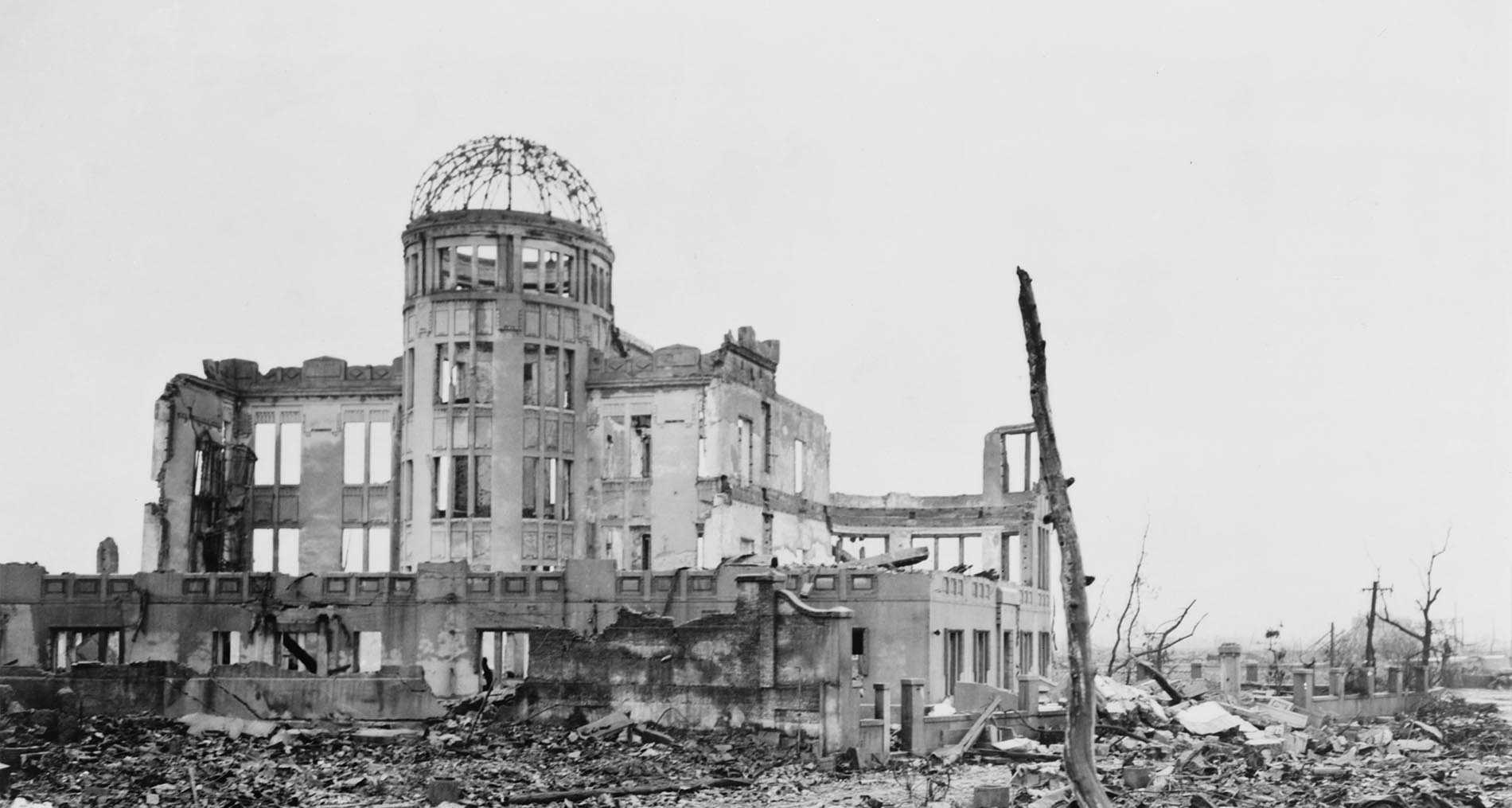
Above: House ruin in Hiroshima.
Everett Historical/Shutterstock.com
Nuclear Weapons 2 - Non-Proliferation, Disarmament and Peaceful Uses
The Nuclear Non-proliferation Treaty (NPT) is the single most important treaty covering nuclear non-proliferation and disarmament. This learning unit introduces the NPT and discusses its political, legal and historical dimensions.
Start learning unitChapters
1. Introduction and overview
2. History of the nuclear non-proliferation regime: From the bomb to the NPT
3. The Nuclear Non-Proliferation Treaty (NPT)
4. The NPT over time: The NPT Review Cycle
5. Implementation of non-proliferation
6. Controversies
7. The European Union and the nuclear non-proliferation regime
Learning Objectives
After completing this unit, you will:
- understand the origins of the nuclear bomb, the nuclear arms race, the need for nuclear non-proliferation and arms control, and have a grasp of the process leading to the NPT and its rationale;
- know the basic requirements and undertakings of the three pillars of the NPT:
- Nuclear non-proliferation
- Peaceful uses of nuclear energy
- Nuclear disarmament;
- understand the structure and role of the International Atomic Energy Agency (IAEA) and the functioning of its safeguard system;
- understand the difficulties in implementing the disarmament pillar and the divergent interests between nuclear weapon states (NWS) and non-nuclear weapon states;
- have an overview of the peaceful uses of the nuclear energy pillar;
- understand the main provisions of the Treaty on the Non-Proliferation of Nuclear Weapons (NPT) and their relationship to the Treaty on the Prohibition of Nuclear Weapons (TPNW);
- have a clear idea of the rationale and process of the NPT review cycle and its evolution since 1995;
- understand the issue of NPT withdrawal, its controversies and its process; and
- grasp the role of the EU in the NPT framework, its milestones and challenges
Credits
Disclosures
Content Warning
This learning unit may contain audio-visual material or texts, which may not be suitable for all audiences.
Funding
This Learning Unit was produced with financial assistance from the European Union. The contents of this Learning Unit are however the sole responsibility of the author(s) and should under no circumstances be regarded as reflecting the position of the European Union.
External Links
The site may contain hyperlink text references (’Links’) to other sites that are offered by third parties. These Links are made available solely for the purpose of information and as an additional service for users. Only the respective operator is responsible for all content and statements on linked Internet sites. Therefore, PRIF cannot guarantee the correctness and accuracy or any other aspect of third party sites.
Preferred Citation
Manuel Herrera and Ottavia Credi, "Nuclear Weapons 2 - Non-Proliferation, Disarmament and Peaceful Uses" in EUNPDC eLearning, ed. Niklas Schörnig, Peace Research Institute Frankfurt. Available at https://eunpdc-elearning.netlify.app/lu-05/, last modified 9 July 2025
Editorial Note
This is a beta version of the learning unit, which is regularly optimised. Please report any factual errors or discrepancies to the publisher. (support(at)nonproliferation-elearning.eu). Please note that although the original text was written by the authors, the video production and simplifications were carried out by PRIF.

